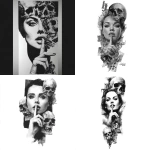Explore the Best AI Image Gallery

AIs Creative Lens: Revolutionizing Product Photography
The realm of product photography has undergone a seismic shift with the advent of artificial intelligence (AI). This powerful technology is no longer confined to the realms of science fiction; it is actively shaping how products are presented and perceived by consumers. From automating tedious tasks to generating stunning visuals, AI is redefining the creative canvas for photographers and businesses alike.
A Symphony of Applications
AIs influence on product photography manifests in a multitude of ways:
- Image Generation: AI algorithms can generate realistic product images from scratch, eliminating the need for physical product shoots. This opens doors for businesses to showcase variations of products, customize designs, and visualize concepts before production.
- Style Transfer: AI can seamlessly transfer artistic styles onto product photos, adding a unique flair and enhancing brand identity. Imagine a classic leather jacket adorned with Van Goghs swirling brushstrokes or a minimalist smartphone rendered in the style of Picasso.
- Background Removal: AI algorithms excel at isolating products from their backgrounds, creating clean and professional images for marketing materials. This saves photographers valuable time and ensures consistent results.
- Image Enhancement: AI can enhance product photos by adjusting lighting, color balance, sharpness, and removing blemishes, resulting in visually appealing images that capture attention.
The Ethical Dimension
While AI offers immense potential for creative expression in product photography, it also raises ethical considerations:
- Authenticity and Transparency: It is crucial to clearly distinguish between AI-generated images and real photographs. Consumers have the right to know how images were created.
- Bias and Representation: AI algorithms can perpetuate existing biases present in training data, potentially leading to unfair or inaccurate representations of products and people. Addressing bias in AI models is paramount for ethical and inclusive outcomes.
- Job Displacement: While AI can automate tasks, it is important to consider the potential impact on human photographers and designers. Reskilling and upskilling initiatives are essential to ensure a smooth transition in the industry.
Future Trends
The future of AI in product photography is brimming with exciting possibilities:
- Personalized Product Visualization: Imagine AI tailoring product images to individual customer preferences, showcasing how items would look on different body types or in various settings.
- Augmented Reality (AR) Integration: AI-powered AR experiences will allow customers to virtually try on products, visualize them in their homes, and interact with them in immersive ways.
- Predictive Analytics: AI can analyze customer preferences and market trends to predict which products will be popular and inform creative strategies for product photography.
Conclusion
AI is undoubtedly transforming the landscape of product photography, empowering businesses with innovative tools and opening up new frontiers for creativity. By embracing AI responsibly and addressing ethical considerations, we can harness its transformative power to create captivating visuals that resonate with consumers and elevate brand experiences.


](https://images.ai-img.art/thumbnails/150/37f115f2fa75765b87e6d3e2c9f1b0a80a6a46efa8b864a05278c7fc0a0a62e7.webp)



](https://images.ai-img.art/thumbnails/150/d29fcfc8037938184a641f7980e1102e24a6e82088bc465886d26ffe5bb006c7.webp)
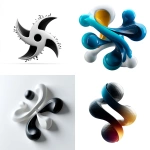

](https://images.ai-img.art/thumbnails/150/336026613fd234b8d6908fe18ecc09b2b2ecf7b8dfe294742041c9862dc499c1.webp)



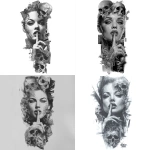
](https://images.ai-img.art/thumbnails/150/24610c8978ce6b4f1ced8639b434482871adb07e38af8b90cd535f2533bf18cc.webp)
](https://images.ai-img.art/thumbnails/150/85464d88f1d4314cd042a02a6f41440fc3b4343db529794cbe8e6836fdadf409.webp)



](https://images.ai-img.art/thumbnails/150/9127f72c6be19d533c26ac476f4d216cd89a6a2d7c351333489a3eff30c3ec5a.webp)

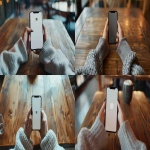




](https://images.ai-img.art/thumbnails/150/4a4f2a16da94ebadad64aeb3b0fb4e64d426431f1d651cc4929142c728fe85b7.webp)







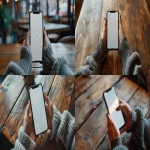

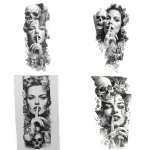







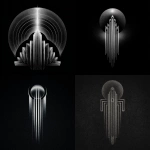

](https://images.ai-img.art/thumbnails/150/b90a5f332cb5d8f02116934e13abd20233e0eeb2368274dbdffaa2e281e4dff5.webp)


